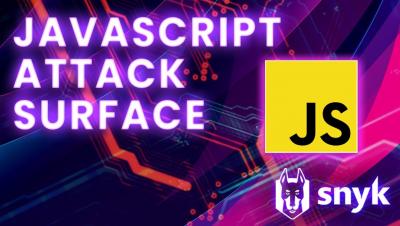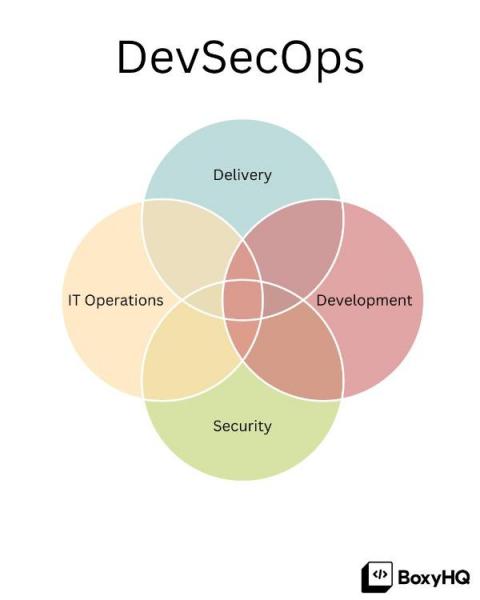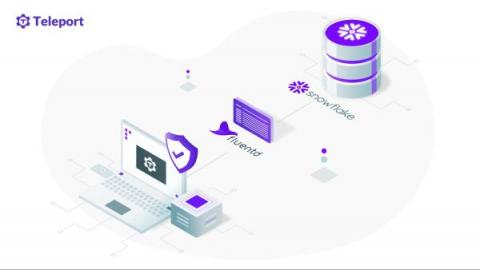Must-Know Facts About Evil-Colon Attacks
In a new article for HelpNet Security, Leon Juranic, security research team lead at Mend, states the case for taking proactive defensive steps against a new attack called Evil-Colon. Evil-Colon works similarly to the now defunct Poison-NULL-Byte attacks, and it has the potential to cause severe disruption to your code if not properly addressed. What does all this mean? In a nutshell, it’s possible to exploit applications that are performing path-based operations with user input in various ways.










